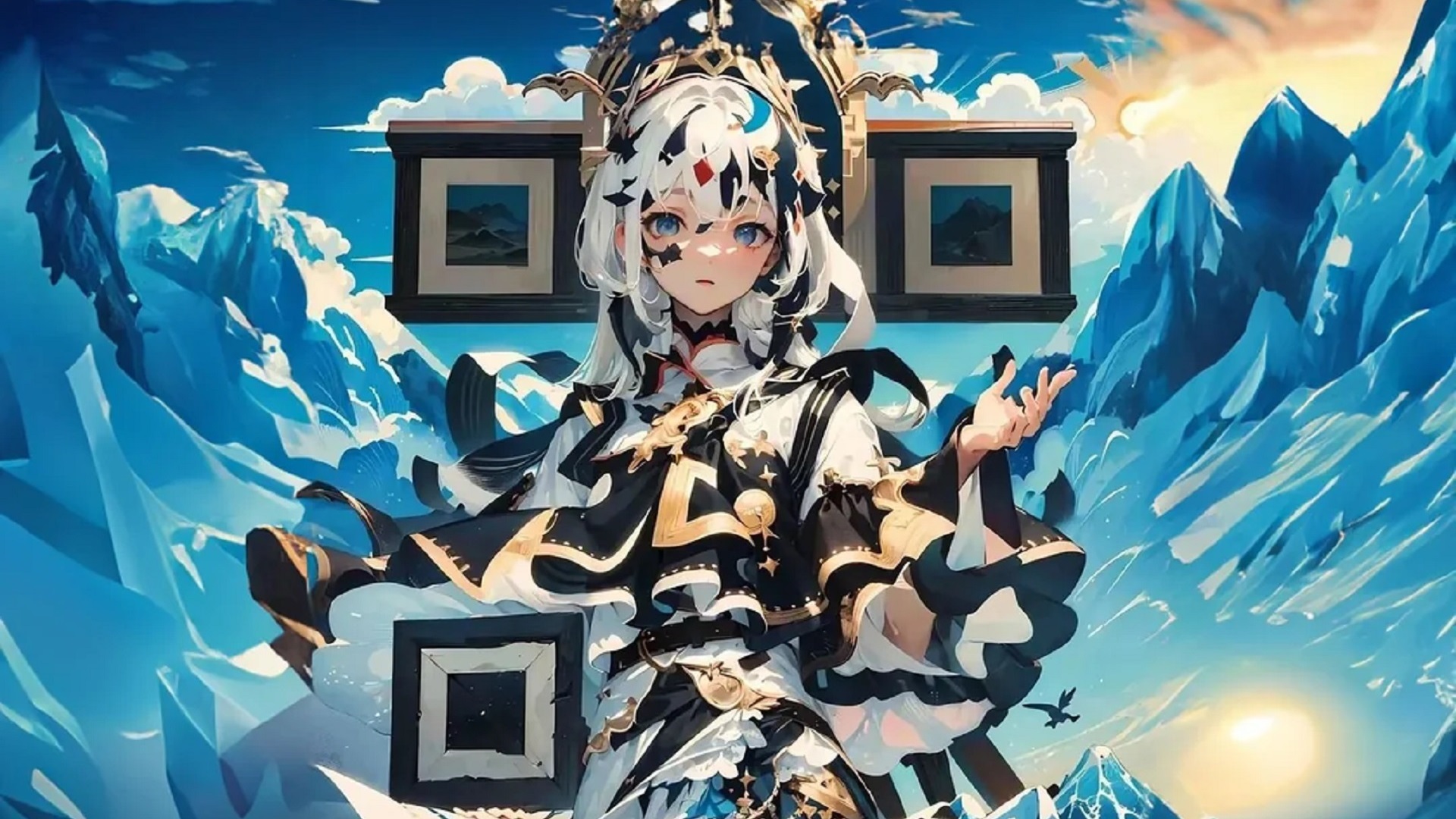Generative AI offers new perspectives for QR Codes. It is possible to generate complex and busy patterns, but still functional.
This is a development that we did not see coming. Tools capable of generating images using artificial intelligence, such as Midjourney, Stable Diffusion or DALL-E, may succeed in revolutionizing QR Codes. Indeed, a user on Reddit, signing under the pseudonym of nhciao, published early June very stylized and detailed creations of QR Codes.
Shared on the sub-Reddit dedicated to Stable Diffusion, these eight creations show QR Codes inserted into artistic visuals inspired by Japanese graphic arts, among other things – including prints, paintings and cartoons. The styles are very different from each other. Despite everything, these are functional QR Codes.
You can test with your phone’s camera (with the native application or a dedicated application that you have downloaded). Point the lens at the QR Code and read the information: normally, the app will tell you what is hidden behind the drawing. Members of the editorial staff tried and were able to read everything.
In these different visuals, it is each time to the site qrbtf.com, a Chinese site which is used to generate QR Codes. nhciao’s post history shows that he has promoted it in the past on Reddit (“An Art QR Code Generator Website Made With React.js”). That said, it would obviously be quite possible to do the same for any website.
The operation of these QR Codes is remarkable, because the patterns present in the image are nevertheless very complex. At first sight, one could suppose that the very important visual load is likely to affect the good reading of the code: a kind of “parasitic noise” preventing to locate the useful structure of the QR Code, that which contains the information.
The QR Code, a 2D barcode
QR Codes (acronym for Quick Response Codes) were invented in Japan in the 90s. They work like a barcode, but in 2D (it can be read in both directions, horizontally and vertically: it is bidirectional). QR Codes have been widely adopted since. You find them in magazines, on TV, in movies, in leaflets, and so on.
Usually, a QR Code is very sober: it is a square in which there are black modules (square in shape), arranged on a white background. They come in different sizes: some are tiny, others very large. The information that these barcodes can contain is varied (it can be a web address, text or something else).
Recurring symbols appear in each QR Code, as they are used to indicate the position of the barcode and how to read the data contained therein. These are the three large identical black squares that are in the corners of the QR Code. There are also other patterns of a technical nature, which are used to read the information.
QR Codes also have another particularity: the patterns are organized in such a way as to integrate a certain redundancy of information (7, 15, 25 or 30%). This redundancy contributes to the correction of any errors. Clearly, it is a question of making the QR Code always usable even if a piece is missing or if a part is illegible – which is practical here.
These creations open up pleasant perspectives, making QR Codes much prettier than the current monochrome grids. Brands can invent a visual that would embed their logo or product in a functional QR Code. QR Codes could become works in their own right, as interesting as the information itself. Even more.
The reactions of Internet users, on Reddit, but also on Twitter – where these creations have been circulating since the beginning of the week – appear extremely positive.“ It’s beautiful. It means something. The fact that it works is awesome says one. ” It will explode says the other. When a third wonders why nhciao didn’t take the opportunity to rickroll everyone.
Subscribe for free to Artificials, our AI newsletter, designed by AIs, verified by Numerama!
